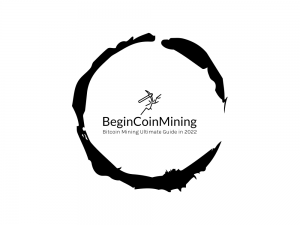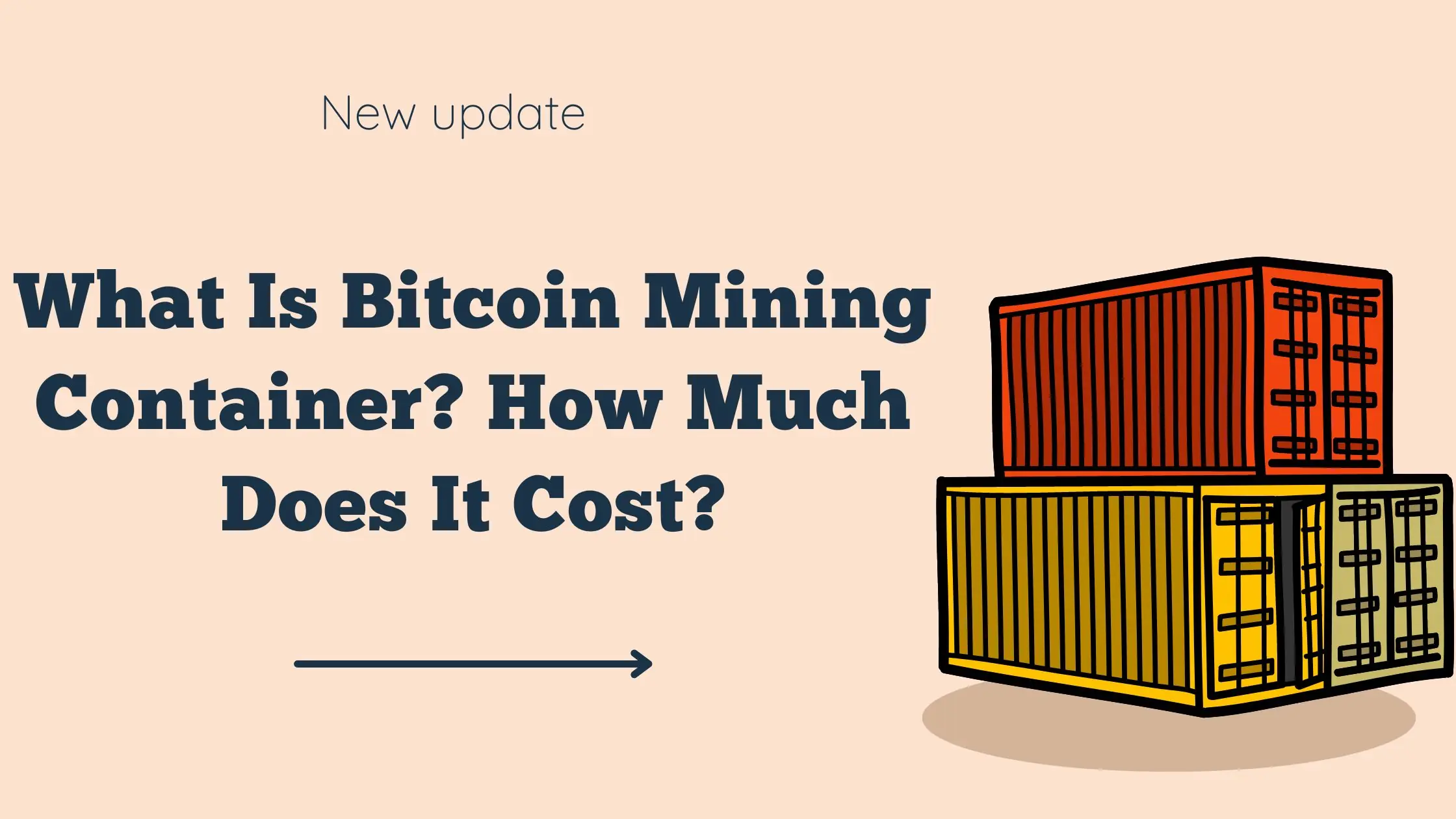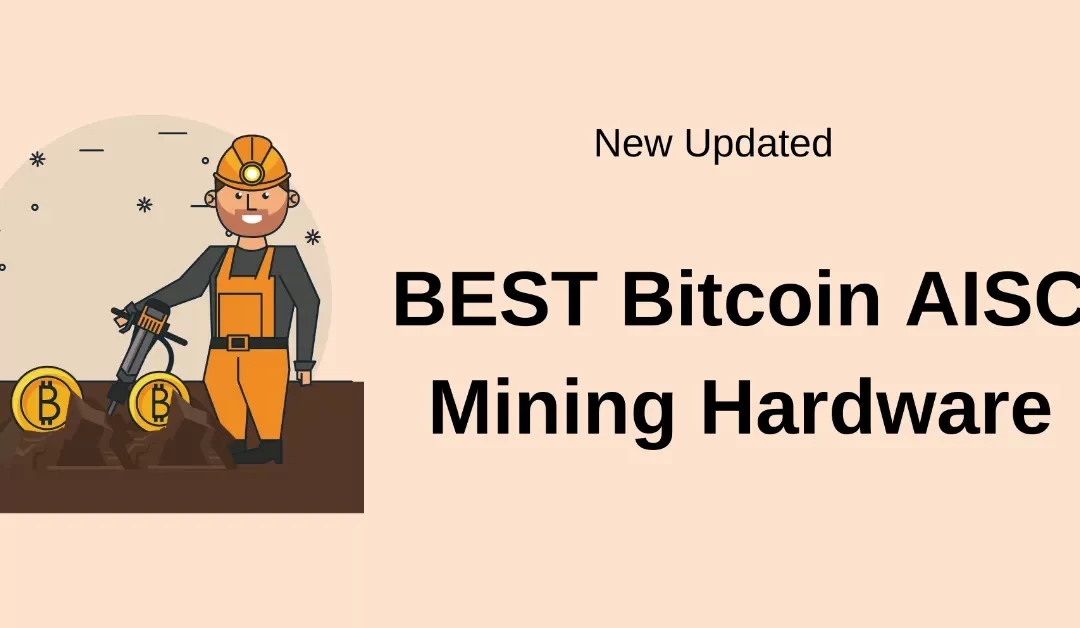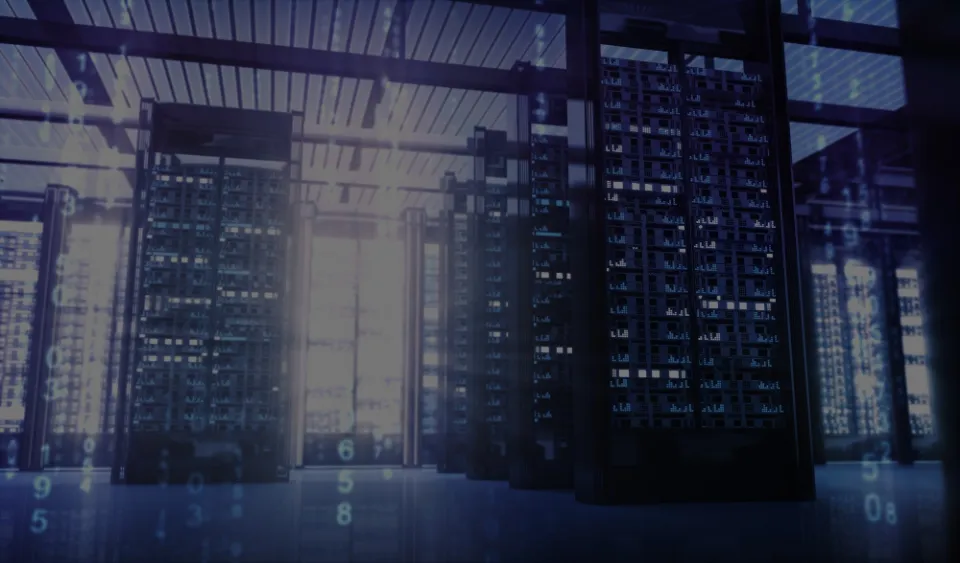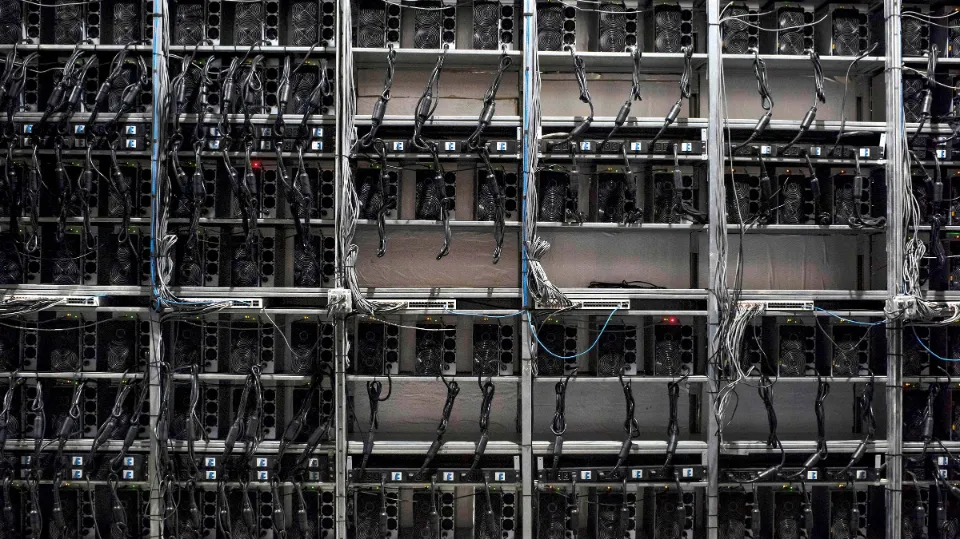An actual container used for mining bitcoins is what a bitcoin mining container is.
One solution that has grown more effective in reducing both the amount of electricity drawn from the primary utility grid and the cost of electricity for end users who are mining cryptocurrencies is the use of bitcoin mining containers.
Keep reading to learn more about bitcoin mining containers.
What is a Bitcoin Mining Container?
A shipping container is specifically referred to as a “bitcoin mining container” if it has been renovated and retrofitted with equipment for mining bitcoin and other cryptocurrencies rather than one that is typically used to ship goods, food, and materials around the world.
The containers house and store mining rigs as well as all of the wiring, racking, lighting, and occasionally even noise-canceling equipment, as well as the cooling systems and fans necessary to keep the mining equipment cool.
Most bitcoin mining containers hit the market in 2018 with a few companies releasing products the same year. Three new crypto mining containers—the BlockBox from Bitfury, the 40-footer from MiningSky, and the one from Power Mining—have all been released.
Why Use a Bitcoin Mining Container?
Owners and investors can move their mining rigs with ease thanks to cryptocurrency and bitcoin mining containers. The shipping container is the prototype for the crypto mining container, and shipping containers are bred from the ground up to be easily transportable; it is in their very DNA.
These items are transported throughout the world on ships, then put on flatbed trucks, and finally moved into place using a forklift, crane, or both.
What Are the Power Requirements for a Crypto Mining Container?
This depends on a variety of factors, just like everything else we’ve talked about so far. Usually, you have to figure out how much power is needed to run the miners, the cooling systems, and of course, any other lighting or power requirements.
We won’t provide power specifications because we would just be making them up; instead, consider this a general guide. Many of the 40ft containers we have reviewed so far have the following general specifications:
- 1.0 – 1.5 Total capacity megawatt power rating.
- 1.5 Megawatt transformer.
- Multiple 400 V, 3-Phase power supply leads.
- 1200 – 1400KW operating power.
Almost all of the providers of crypto mining containers will have specification sheets that offer this information on their websites, inside of their brochures, and in their manuals. If you cannot find it, reach out and ask them.
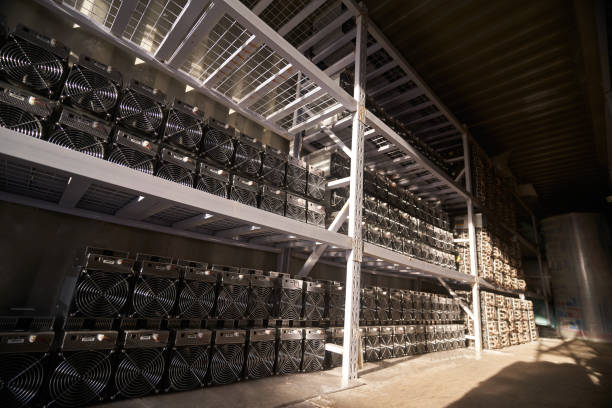
How Much Does a Bitcoin Mining Container Cost?
This is dependent upon the item’s dimensions, technical requirements, and mode of transportation.
When considering all of the available options, prices vary significantly.
The cost of a 40-foot immersion cooling option has been as high as $375,000, with prices starting at just $12,500 for a 20-foot option.
According to our investigation, the average price per container foot seemed to be in the neighborhood of $1,500 to $2,000. This means that the majority of the 20-foot container options we found were priced between $30,000 and $40,000, while the 40-foot container options were priced between $60,000 and $80,000.
But keep in mind that this involved adopting a global perspective. The price per foot easily increases to $2000+ if the more affordable Chinese and Eastern European options are removed.
These prices also do not indicate transport and setup costs.
What Other Criteria Should Be Considered When Thinking About a Bitcoin Mining Container?
There are a number of other things you should consider such as:
- Power supply and Ethernet.
- Depending on the miner you choose, AC or DC may be used.
- Are there any plumbing requirements for cooling?
- Power Distribution Boards.
- Protection from noise pollution. Consider wearing PPE and wearing earplugs.
- Electrical safety. This will be applicable for anyone installing your container and anyone working on it and will depend on your location as standards and rules differ from the EU to Australia and the US.
- Do you need safety equipment or safety lighting because of fire hazards?
What Are the Overall Benefits of a Bitcoin Mining Container?
Benefits include the following:
- Power efficiency.
- ready to use and transportable.
- Cost-effective.
- Space-saving design.
- Plug-n-play solution.
- Increase in overall pool performance.
One of the main benefits of a crypto mining container is that it does not need to be a static long-term solution that is stuck in one place. They can be picked up and moved to where power may be cheaper.
As was mentioned at the beginning of this article, natural gas is occasionally vented and flared from oil facilities. Miners can enter, connect to the gas, connect it to a generator, and use the gas, which would typically just be burned off into the atmosphere.
Although the process of using flared gas is occasionally referred to as “carbon capture,” in reality it simply involves improved oil extraction efficiency, and when you stop to think about it, all of that efficiency can now be converted into valuable bitcoin. Pretty cool.
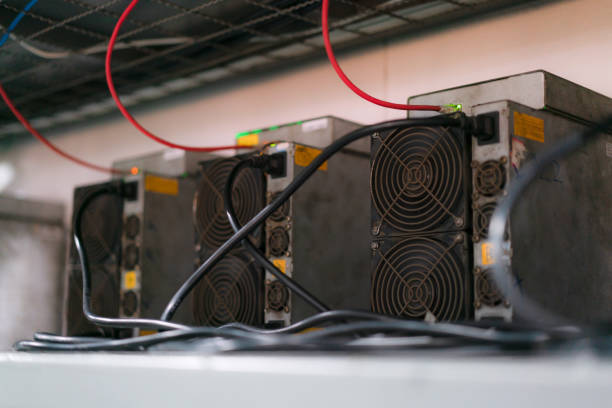
How Are Bitcoin Mining Containers Cooled?
When choosing which type of container to purchase or when designing a container, heat management, airflow, and cooling are some of the most crucial considerations.
There are numerous options for cooling the interior of a crypto container, just as there are for cooling any home or office. The majority of manufacturers of crypto mining containers use fans, evaporative cooling units, thermal water curtains, filters, and outlet vents to cool the interior of their containers.
Producers typically calculate the required airflow per miner when designing cooling systems for the interior of containers. For instance, the S19 Antminer requires 400 cubic feet of airflow per minute, while the S9 requires about 200 cubic feet per minute.
They will take that and multiply it by the number of miners so they can calculate the amount of cool airflow that needs to be put into each miner’s air intake to prevent hot air from simply cycling through the container, which would reduce overall efficiency.
Once they are aware of this, they can choose the type, number, and sizes of vents and/or louvers as well as the number of fans or other cooling systems needed to provide the necessary amount of airflow.
We can safely assume that you will require 120,000 cubic feet of airflow per minute if your container is designed to accommodate 300 S19 miners and you have sufficient power, which means you can now buy enough fans to complete the task.
Getting cool air in and hot air out is the basic tenet of any cooling system design. That is, of course, if we are speaking of air-cooling systems. Immersion cooling, the alternative, is wholly unrelated to what we are discussing in this context.
The Bottom Line
As we’ve said before, the design of bitcoin mining containers places mobility at the forefront. Some mines can be run remotely via satellite, so there is no need for a tethered internet connection. Given that hardware, such as satellites, is involved and that latency issues must be taken into account, the right partners are obviously necessary to be able to connect you.
If you enjoyed this article, please spread the word!
FAQ
What is a Bitcoin mining unit?
Bitcoin operates on a distributed ledger or decentralized computer network that keeps track of cryptocurrency transactions. New bitcoins are created or mined when computers on the network process and verify transactions. These networked computers, also known as miners, process the transaction in return for a Bitcoin payment.
Who pays Bitcoin miners?
Bitcoin pays out a mining reward each time a new “block” is entered into the permanent record of transactions. The reward gets smaller every few years, but for now, it is 6.25 BTC, which in December 2022 was worth roughly $105,000 as Bitcoin lingered below $17,000.
How long does it take to mine 1 BTC?
With today’s difficulty rate but much more advanced systems, it may take a solo miner about 10 minutes to mine one bitcoin. However, the typical rate for the majority of miners is 30 days.
